For many
nonprofit organizations, finding low-cost solutions to marketing and fund raising is paramount. Social media has been able to offer many solutions to existing problems, as well as offering some
innovative new ways of interacting with supporters. Here are just some of the things nonprofits can do to reach their audience effectively.
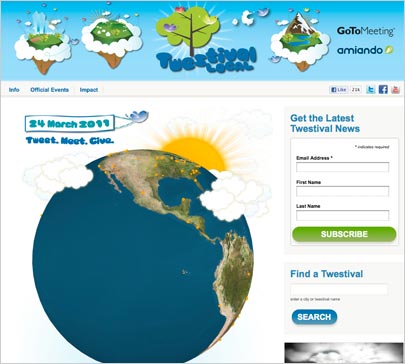
1. Enable a
virtual global reach
The power of
virtual global communities can be seen in events such as Twestival Local, an annual
international online festival aimed at bringing together communities around the world to raise money for good causes. The cost of organizing such an event through more traditional channels would be
astronomical, but thanks to Skype, Twitter, Huddle and cloud computing, Twestival has been able to operate on a shoestring while raising over half a million dollars in 2011.
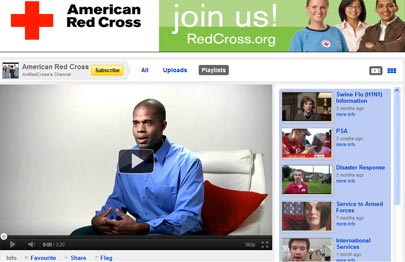
2. Tell the
story through video
Nonprofits
are now able to tell their story at a fraction of the cost of a television commercial. YouTube offer a non-profit
programme specially
designed for nonprofits to use embedded video material in their sites, as well as creating their own YouTube channel to enable them to broadcast to a wide audience. The American Red Cross currently
has an about 15 videos up on their YouTube channel, ranging
from advice on swine flu, to information about disaster zones, to how to send Holiday Mail for Heroes. Their videos have been downloaded an impressive 3.5 million times, and the YouTube channel
homepage incorporates a handy donate button to help convert those views into donations.
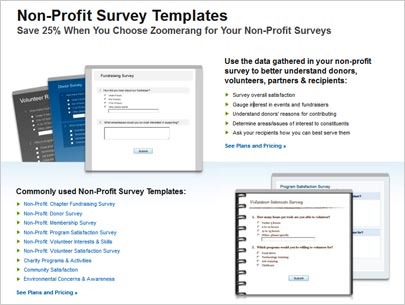
3. Use
nonprofit friendly tools
Many social
media tools offer a nonprofit discount: Zoomerang’s online polls
and surveys offer a 25% discount to nonprofits, helping them to gauge public opinion far more cheaply than organizing focus groups or printing and posting surveys. SproutSocial have a 50%
discount for nonprofits on their social Customer Relationship Management tool, allowing nonprofits to keep track of their social relationships.
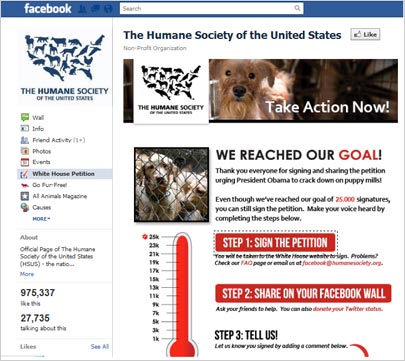
4. Make use of
existing networks
Although
Facebook was not originally designed as a fundraising platform for nonprofits, many have been able to connect with supporters in a whole new way, thanks to its extensive reach. Organizations such as
The Humane Society have made
Facebook an integral part of their awareness-raising and fundraising operations, as well as making it easy for supporters to communicate directly with them.
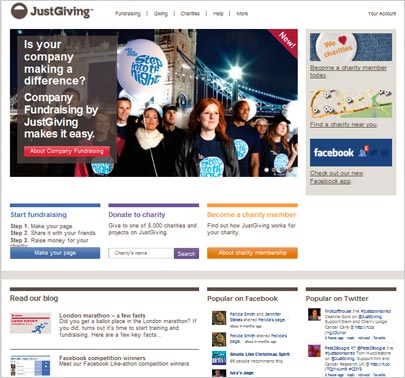
5. Make giving
easier
The days of
walking around the office waving a sponsorship form for your fun run are long over. Sites like JustGiving have
simplified sponsorship and donations by making it easy and safe to give online, as well as integrating the process with your email, Facebook or Twitter profiles and even offering a text donation
service to give an event maximum reach and exposure.

6. Increase
Your Events Exposure
For many
nonprofits, their business year revolves around a small number of large events, and it is essential to market these effectively. This is where social media is now proving an invaluable low-cost
alternative to traditional channels. Connecting the Web site with social media channels is only the first step; services like EventBrite allow
organizations without the infrastructure to sell tickets online to market and sell their event, while also making sharing the information an integral part of the process. Email services such as
MailChimp and
AWeber allow
organizations to not only segregate email lists to help target specific audiences but keep track of statistics on their campaigns and allow follow-up marketing with very little expense.